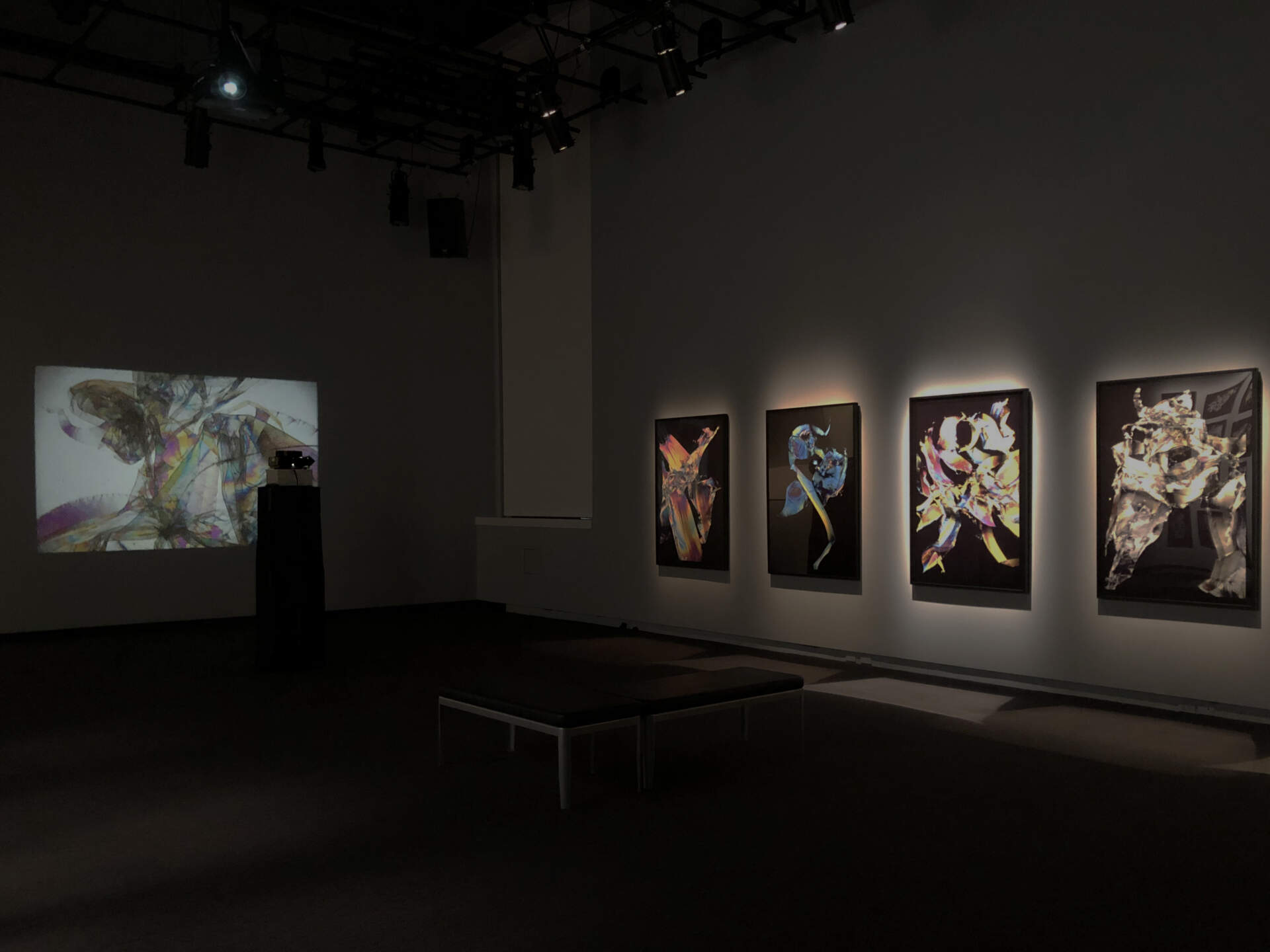
Victor Shanchuk, Chemical Light
Past
Apr 12, 2019 - Jul 28, 2019
Victor Shanchuk, Jr. taught fine art at City Honors School in Buffalo from 1977 to 1997. His commitment to developing the photography area at City Honors led to a notable number of students who later went on to be recognized for their art and scholarship. Andrea Mancuso of the Buffalo-based VIROCODE, celebrated documentary photographer Gregory Halpern, philosopher and film theorist David LaRocca, and experimental photographer and educator John Opera all studied and worked closely with Shanchuk.
While serving as a teacher, Shanchuk created a highly diverse body of his own work. Trained as a commercial artist and illustrator in the late 1950s, he later turned to photography as his primary tool. Dedicated, prolific and largely under-recognized, his approach often stretches the limits of photography by using chemicals and optics in experimental and unconventional ways.
The exhibition brings together two exceptional examples of his work that illustrate his deep commitment to experimentation and production and connects to the work of those he influenced, particularly John Opera and VIROCODE. The exhibition includes several works that haven’t been exhibited, including liquid-like observational figure drawings from the 1970s that were made using various photographic chemicals in place of traditional drawing materials.
Also included are his Polarization slide-projector installations from the 1980s and 1990s that contain hand-made slides of collaged and manipulated plastic sheeting sandwiched between transparent polarizing material. Bursting with abstract form and color, the Polarizations are perhaps his most original and significant moment as an artist.
Using up to three Kodak analog slide projectors outfitted with dissolve units, the slides will be projected on the walls of the media project space and experienced exactly as they were when originally shown. In addition, motorized transparent disks of polarizing material will be fabricated and installed in front of some of the projection lenses, creating real-time distortions and dramatic color shifts. To further enhance the material presence of the analog, the mechanical sound of the projectors advancing the slides will be amplified and played back as a soundtrack over the gallery’s sound system. The purpose of such a strategy is to further reinforce the physical aspects of Shanchuk’s process as a direct product of the technology used by media artists during this period.
A curated selection of large-format photographic prints of the slides will also be exhibited. While the projections emphasize seemingly infinite compositional variation and time-based display, the prints illustrate the delicate surfaces and surprising details contained within Shanchuk’s unorthodox approach to photographic collage.
Both bodies of work emphasize photography’s relationship to chemical reaction, alchemy and natural phenomena. By manipulating and exploiting the peculiar characteristics of photographic materials and processes, Shanchuk managed to create work that speaks to the mysterious and ambiguous nature of photography’s relationship to observed reality, all without the use of a camera lens.